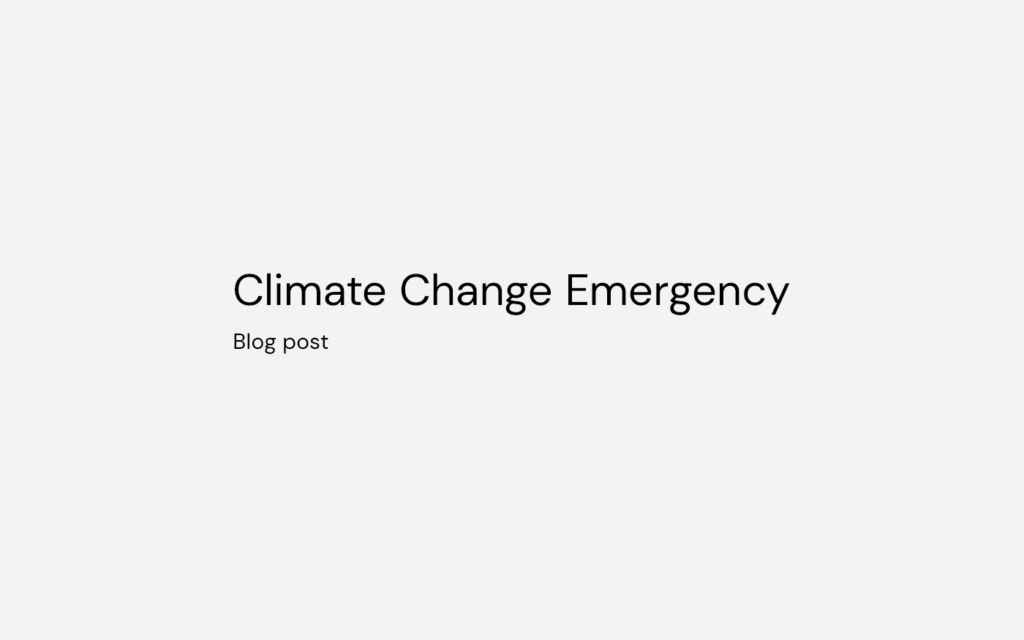
I had the first of a series of lunchtime conversations with the young architect Finbar Charleson.
Fin is passionate about architecture, and he has pushed hard on the topic of climate change. His great focus is on innovative wood construction—trees absorb carbon dioxide while they grow, so building out of wood (or even better bamboo) can be a major tool in our fight against the climate crisis. He has some frustration that there is a great deal of inertia due to the way the system requires expensive testing of systems, and this puts a damper on innovation. 15,000 pounds were needed to do a fire test of the building system for the Cork House.
Fin showed me the work he has been doing as a research fellow at Hooke Park, analysing Frei Otto’s wood frame prototype house and searching for techniques of roundwood construction that might help us make wood frame buildings that can last for generations. He has been analysing the different research institutes in the world that study wood, and finding his own place in that milieu.
At the same time, Fin has been deeply involved in the Architect’s Climate Action Network (ACAN), mobilising young people to do something more.
He recently met with the Finnish government, who have been developing a top-down requirement for sustainability in their country. All buildings will have a carbon budget—using the concepts of both carbon footprint (how much carbon emitted in construction and use) and carbon handprint (how much regenerative site strategy and ecological restoration can the project achieve?). We talked about the challenges of the Architects Declare pledge and the conflicting pull of commercial survival and idealistic principles.
The question to some extent was whether we should be taking a “skilling up” approach by learning tools for life-cycle carbon analysis and various other day-to-day tools or whether we should be searching for the big impact of major ideas. I pointed out that the vast majority of buildings are not designed by architects like us. The big impact might be in making a major shift in paradigm, as we had with Le Corbusier or Mies van der Rohe in the 20th century. As usual, the answer will be that people need to do both things, but I know that my path will be the path of the big ideas made real through projects that speak to people’s hearts.
Fin told me of a project I had never heard of before: the Full Moon Theatre by Peter Rice—an amphitheatre made with reflectors to create enough light for a night performance just from moonlight.
From my side, I shared with Fin some of my thinking about the virtual and the real. I have been creating a virtual sanctuary for Helsinki Sustainable Fashion Week. Our Climate Change All Change project with your father’s primary school and the V&A museum has gone virtual.
I am convinced that making many of our previously physical interactions and objects will be one of the principal tools in our fight against climate and environmental catastrophe.
Humans are an inquisitive species and an acquisitive species. We love collecting objects of beauty and status symbols. We have an endless hunger for stuff. This was wonderful wiring for a medium-sized mammal recently descended from the trees on the savannah, but for the predominant life-form in total control of the planet, it has led to the degradation of our world.
I have long been afraid of the virtualisation of our lives because by nature this means the disappearance of the real, physical reality that I design in my day to day.
Fin and I talked about the question of whether architects need to embrace the world of virtual design, or whether we have to double down on the real. One of our conclusions was that it is the emotional, intuitive aspect of design that adds the most value.
I am convinced that my work will be anchored by a “sanctuary of the real.” Just as we have wildlife sanctuaries for endangered species of animals, we can create physical spaces to hold onto some of our link to the physical world that is becoming increasingly rare as things go virtual.
For next time, I should give some time to talk about Farm City.